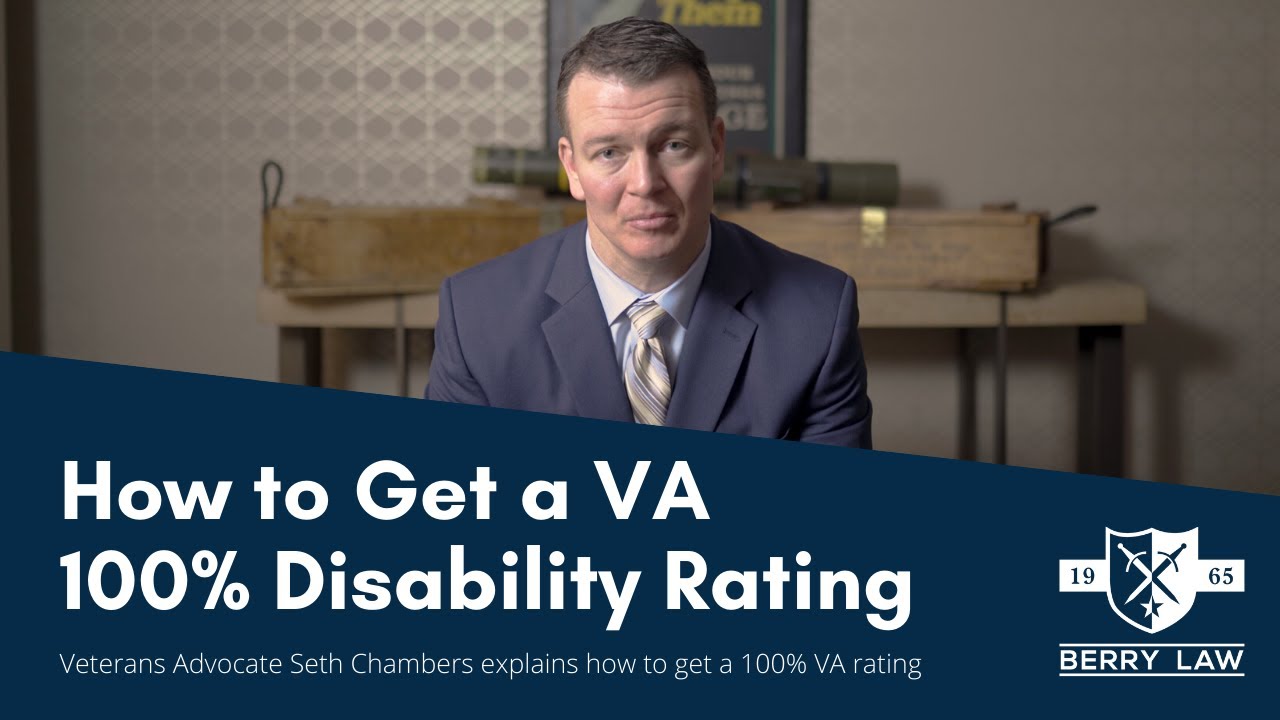 Status of Dependents" />
Status of Dependents" /> Status of Dependents" />
Status of Dependents" />
As a military Veteran, you may not just qualify for disability benefits for yourself. Your dependents – such as unmarried children or your spouse – may also qualify for VA compensation, tuition reduction, and other benefits. However, for those dependents to get those benefits, you will likely need to fill out VA Form 21-686c.
Read on if you’re unsure what VA Form 21-686c is or how to fill it out. We’ll break down everything you need to know about VA Form 21-686c and how to declare the status of dependents under your care.
According to the Department of Veterans Affairs, a qualifying dependent is an individual who relies on you for financial support. Here are some examples:
If you have one or more qualifying dependents, they may qualify for VA benefits like tuition assistance or financial aid for school if your disability percentage also meets the qualifications. Furthermore, they could qualify for healthcare and medical coverage benefits. To claim those benefits, you will need to complete VA Form 21-686c, the Declaration of Status of Dependents.
Generally, adding dependents to your VA benefits package is wise when you file for service-connected compensation for the first time. If you do this, the VA will likely receive all of your paperwork simultaneously and be able to decide on all of it at once, minimizing the time that you or your dependents have to wait for financial aid or other benefits. It is important to note that a claim to add a dependent will likely only be approved once a Veteran’s disabilty rating reaches 30% or higher.
However, you can always add or remove dependents from your VA benefits later on if your family situation shifts. For example, if you divorce and remarry and want your new spouse to receive VA benefits, you can complete a new copy of VA Form 21-686c.
Fortunately, filling out VA Form 21-686c is fairly straightforward, although what you need to include depends on which dependents you wish to add to your VA benefits.
To begin filling out VA Form 21-686c, start by filling in your first and last name, including your middle initial, date of birth, VA file number, and other identifying information. Then move on to the rest of the form and determine which dependents you wish to add or remove.
If you want to add or remove a spouse from your VA benefits package, look at Section II, then provide the following information about your spouse:
On top of this information, accurately indicate whether you and your spouse were previously married to other people. If so, include details such as:
Be sure to attach a copy of the marriage certificate with your current spouse and the divorce decree or death certificate related to a previous marriage, if applicable.
If you’re reporting a divorce and want to remove your former spouse from VA benefits, you will likely need to complete Section IV. Complete this as quickly as possible after your divorce finalizes so you don’t receive an overpayment of VA benefits, which you will likely have to return.
If your spouse is recently deceased, complete Section VI. You’ll have to provide the name of your recently deceased spouse and the date and place of their death. Report the death of your spouse as quickly as possible to avoid VA benefits overpayment.
Many Veterans want to add their children to their VA benefits packages. To do this, move on to Section III. VA Form 21-686c gives you enough for them to add up to four dependents, so you may need to use the addendum section if you want to add more than four children to your benefits.
For each child, including their:
Furthermore, the VA requires you to include a copy of each child’s birth certificate or adoption paperwork, plus a copy of the child’s Social Security card. If you wish to add a stepchild, include a copy of your marriage certificate to the stepchild’s biological parent.
Use Section IV if you want to report the death of the dependent child. You’ll need to include the child’s name, date, and place of death.
If you’re reporting the marriage of a child, fill out Section VII. Remember, married children aren’t eligible for VA benefits, no matter how old. Include the name of the child and the date of the marriage.
If you want to add a dependent parent to your VA benefits, you have to complete VA Form 21p-509: Statement of Dependency of Parent. You’ll also need to be a Veteran with a 30% disability rating or higher or receive a VA education benefit.
According to the VA, a parent includes a biological, adopted, foster, or stepparent. When you download VA Form 21p-509, fill out crucial information, then answer the questions below. You’ll need to provide your parent’s date of birth, Social Security number, and full name.
Some questions require you to give details about your parent’s financial situation, like their networks, the property they own, etc. You’ll also need the present market value and encumbrance of your parent, plus the name of your parent’s current spouse if they are married.
Since this is a lot of information, meet with your parent before filling out this form or have them fill out VA Form 21p-509 with you. This is the best way to ensure the information you provide to the VA is accurate.
When all the information on your VA Form 21-686c has been filled out, you can submit it in one of two ways.
First, you can mail it to this address:
You can also submit the form online by going to the VA website.
With VA Form 21-686c, you can provide your dependents with a wide range of VA benefits, from tuition assistance to health care. Therefore, filling out VA Form 21-686c immediately is a good idea.
If you need help appealing a denied claim or increasing your VA rating, Berry Law can help you fill out as many copies of VA Form 21-686c as you need and ensure you fill out your form correctly to maximize its acceptance speed. The sooner you contact us, the sooner your dependents can enjoy VA benefits, so call us today.

The attorneys at Berry Law are dedicated to helping injured Veterans. With extensive experience working with VA disability claims, Berry Law can help you with your disability appeals.



Our monthly newsletter features about important and up-to-date veterans' law news, keeping you informed about the changes that matter.